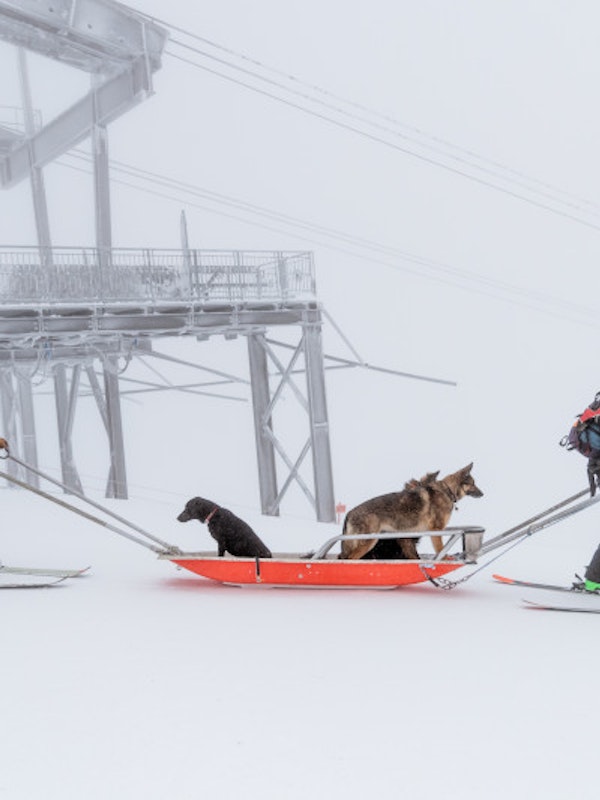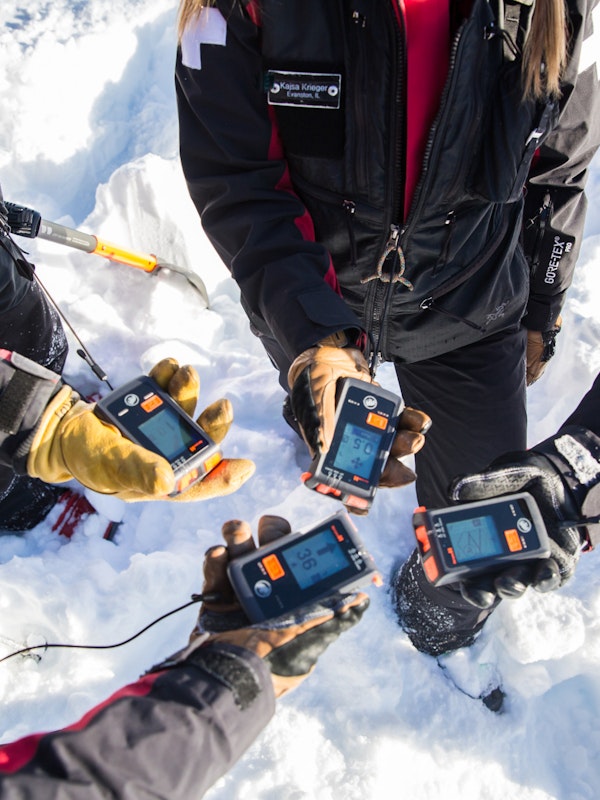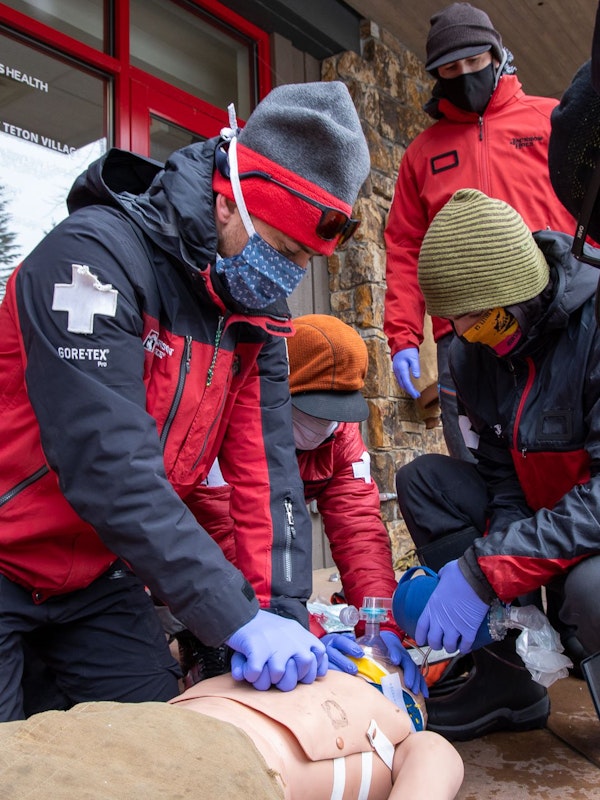Jackson Hole Mountain Resort Ski Patrol
(307) 739-2650 (Emergencies only!)
Email Ski Patrol
patroldispatch@jacksonhole.com
This mountain is like nothing you have experienced before. Its terrain presents everything from groomed slopes to dangerous cliffs, and its weather is just as variable. During periods of low visibility or other inclement weather and snow conditions, the degree of difficulty of these runs for each individual may change. It is important to use extra caution to prevent getting lost or making a mistake that could result in serious injury or death. Please protect yourself by obeying all trail signs and markers.
Warning: Risk of Avalanche
While snow safety and avalanche mitigation efforts help reduce the risk of avalanches, avalanches and snow slides may occur at ski areas, both inside and outside of the posted boundaries. Avalanches are an inherent risk of the sport due to the nature of snow and its application on steep, mountain terrain. Become educated on how to reduce the risk of injury or death from avalanches through your own actions and awareness. Visit www.jhavalanche.org or contact the JHMR ski patrol for further information on the risks and prevention of avalanche-related injuries or death.


